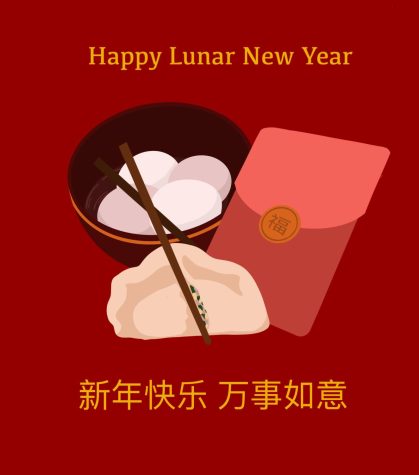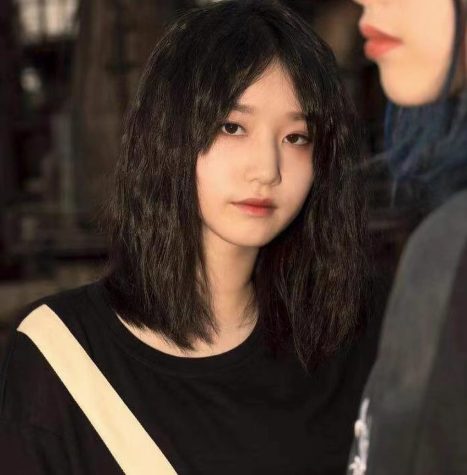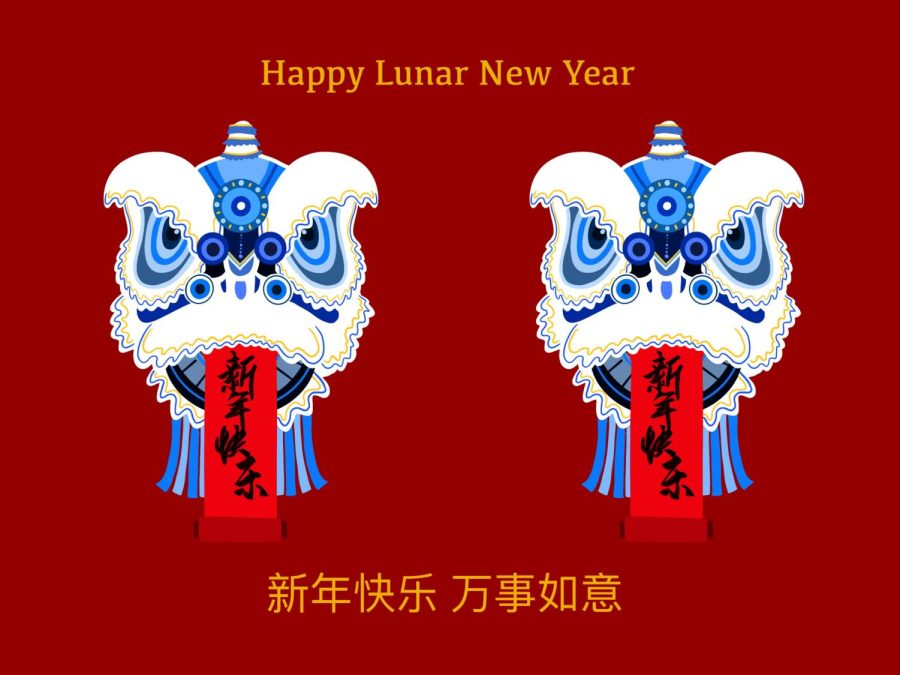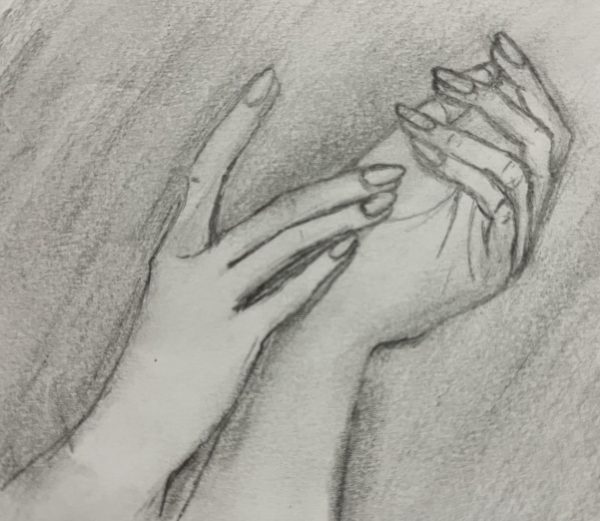Chinese New Year and Calligraphy
While people around the world greeted each other warmly with a “Happy New Year!” on January 1st, Chinese people celebrate this year’s New Year on February 1st. So what is Chinese New Year, and how and why do Chinese people celebrate it?
Chinese New Year, also known as the Spring Festival, is one of the oldest Chinese traditional festivals. It evolved from sacrifice and worship traditions in ancient times before the Xia Dynasty (2070 B.C.) from the belief that all things “originate from the sky” and humans “originate from their ancestors.” The sky creates the world and human beings, which is why we pray to it each new year with sacrifices to respect the ancestors of the heavens and to welcome the beginning of new life. Nevertheless, the exact date of Chinese New Year changed for each dynasty historically until the government of the Republic of China decided to settle the first day of the lunar month as the new year in 1914. During the Spring Festival, various cultural celebration activities are held all over the country that focus on removing the old and creating the new. People enjoy watching performances of lion, dragon, and “twisted Yangko” dances. Other attractions include lantern-lit streets and solving lantern riddles, playing with fireworks or firecrackers, walking on stilts, and writing Chinese couplets.
Much like Christmas in the U.S., Chinese New Year is a time to bond with loved ones, and people often visit relatives and have family dinners to celebrate. There are different types of traditional Chinese dishes for dinner depending on the region. For example, people in the North such as Beijing usually have dumplings, while people in the South like Shanghai normally eat noodles or sticky rice dumplings. However, Chinese people will all prepare dishes with chicken, fish, and lotus roots that symbolize reunion, longevity, and auspiciousness for the beginning of a new year.

Besides giving presents to children, family elders also gift money-filled “red envelopes” to the children of the family. Because people think children are vulnerable to evil ghosts’ attacks, they use lucky money to exorcise evil spirits. Lunar New Year money is meant to ward off ghosts and give positive blessings, so the younger generation can live the next year in peace. The earliest Chinese New Year money can be traced back to the Han Dynasty (202 BCE – 220 CE), and it is also called “pressure of winning” money. New Year’s money is not circulated in the market, but is a kind of toy in the form of coins, which has the same function of warding off evil spirits.
Another major Spring Festival tradition is to decorate doors with red ornaments, couplets, New Year pictures, and calligraphy. This adds to the festive atmosphere and shows people’s optimistic expectations for the New Year. Those couplets, which include batches and “Fú” (meaning “fortune”), are written using ancient Chinese calligraphy techniques.
Calligraphy is important to Chinese people because it helps them understand Chinese history and traditions, including Chinese New Year. The historical calligraphy record shows that people have learned and inherited New Year traditions for thousands of years. Calligraphy is part of Chinese culture and has an invaluable legacy that continues to this day. It is a unique traditional art of presenting Chinese characters and expressions created by the Han people known as “poetry without words,” “dance without lines,” “painting without pictures,” and “music without sound.” There are five main styles of Chinese calligraphy: “seal script,” “clerical script,” “regular script,” “running script,” and “cursive script.” To perform transcendent calligraphy for New Year decorations, people have to write the characters using calligraphic style, structure, and spelling as well as delicate brushwork, ink, lettering, composition, and gestures.
Chinese New Year gives us a break from tedious work and school, and all people who celebrate it are looking forward to the fun activities!
新年快乐!
For readers who don’t traditionally celebrate Chinese New Year, here are some interesting activities you can take part in this year: Best things to do for Chinese New Year 2021 in NYC

Hi! I'm Sijia Zhong from the class of 2023. I'm the Academics Section Editor for UNISVerse and I like to write articles related to school events such as...










